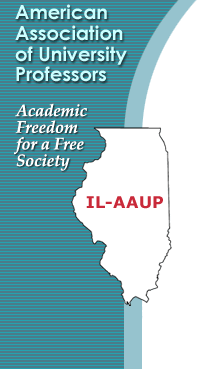 |
|
2016-2017 Fulbright Scholarship
he line that appears on the cover of the May–June 2015 issue of Academe (http://www.aaup.org/academe), “I’ll tell it and think it and speak it and breathe it,” is from Bob Dylan’s “A Hard Rain’s a-Gonna Fall.” To teach well, we have to do just what Dylan says—and we have to believe it in order to do it.
Though we tend to imagine them linearly, education and time, like popular songs and other arts, are seen more usefully as spirals, coils returning to conjunction with pasts. Square and rectangular building blocks mostly lead to towers, and towers tend to fall; expanding circles, though they might lead us back to disaster, can also provide a much greater possibility of stability. The antidote, the only path to anything resembling certainty, is learning and then teaching, taking advantage of the past.
For the past generation, academics have been on the defensive. It is time, now, for us to take pride in what we do and to trumpet it. The best of human endeavor often comes out of our colleges and universities. We need to shout it.
The May–June issue starts out with Clark G. Ross’s discussion of tenure. We think we all know what “tenure” means, but, in light of recent challenges to tenure, we need to make sure we do. Robin Harper follows with a description of what it feels like to await a tenure decision. Sallie M. Cuffee, next, speaks to the problems of governance at her institution and, more broadly, at historically black colleges and universities. L. Lamar Nisly then looks ahead, writing about his college’s attempt to make learning more central to the college experience. Jerry Harp follows with a consideration of “multivalence” in liberal arts education. Jeffrey Beall cautions that we need to learn more about “open access,” and Kathleen Washburn advises us on stalking and campus safety.
Our online edition features two additional articles. John McNay, in a gripping account of the fight against antiunion Senate Bill 5 in Ohio, describes how faculty activism can be successful in the broader community. McNay’s article includes a postscript describing the recent attempt by state legislators to insert language targeting Ohio faculty unions into a state budget bill—a maneuver that was beaten back after lobbying by Ohio AAUP members and their allies. The second online-only article, by M. Stewart Lewis, advises us on working with administrators, good and bad.
—Aaron Barlow, Academe Faculty Editor
|
|


